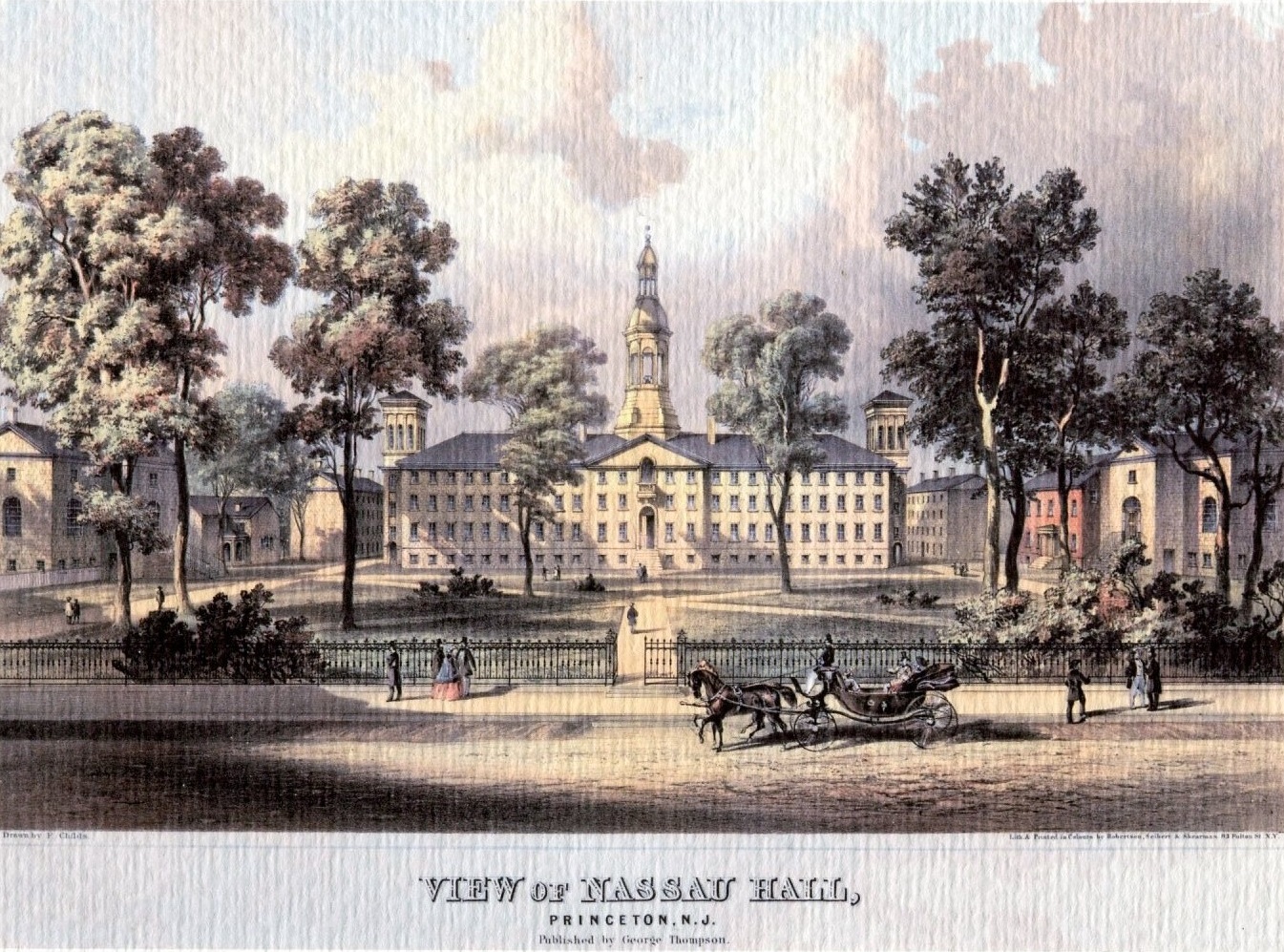By April C. Armstrong *14
In this week’s installment in our recurring series, Princeton acquires a new collection, the Louisiana Purchase sparks confusion, and more.
July 7, 1849—The New York Evening Post reports that Princeton has acquired a sulphuret facsimile collection of more than 6,000 ancient Greek and Roman coins.

July 9, 1804—A student writes of the recent Independence Day celebration that the westward expansion of the United States did not alter how many shots would be fired from the cannon, traditionally one for each state.
Scarcely had the day begun to dawn, when a round of 17 shot (answering to the number of old states in the union) from our cannon, proclaimed the approaching anniversary: I say ‘old states,’ because the students, as yet ignorant of the good or evil that may result to our country from the cession of Louisiana, took no notice of it, and therefore agreed that the usual number only should be fired.
His letter will be published in the Charleston, South Carolina Times.
July 12, 1832—College president James Carnahan reassures a parent that students are “as safe here as they would be in any part of the country” in spite of the cholera pandemic.
July 13, 1972—Though he has tried a variety of ways to avoid it, Brian K. Kemple ’75, drafted into the U.S. Army, begins basic training at Fort Knox. In the fall, he will describe it as “physically good but very, very depressing,” because “The atmosphere and the mentality are completely opposite to what you’re used to at Princeton.” Opposed to the war, Kemple remains troubled by his assignment and will support George McGovern for president.
Did you read the previous installment in this series?
Fact check: We always strive for accuracy, but if you believe you see an error, please contact us.

